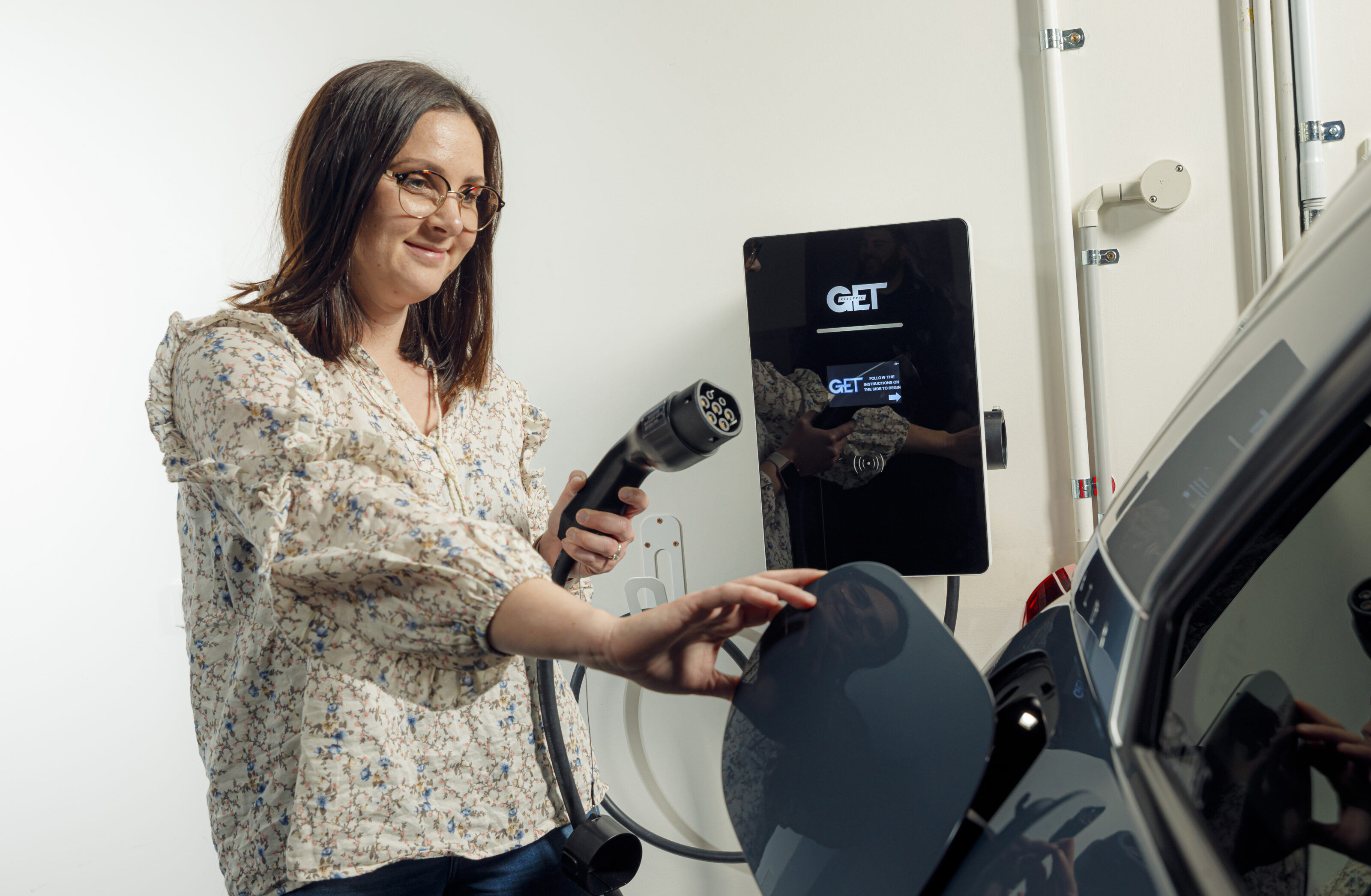
Here’s your guide to keeping your EV charged, at home and away
Snapshot
- EV charging is simple, but can seem complex
- Understand AC/DC, the speed outputs and model input limitations
- Charge to 80% (or follow manufacturer recommendations) if possible
A key challenge for buyers making the electric vehicle switch is breaking old habits and understanding the concept of charging.
For most people, adding driving range to your vehicle has been as easy as stopping at a fuel station and getting back on the road within minutes.
However, for an electric car, it seemingly isn’t as simple on the surface. There’s terms such as kilowatts (kW) and kilowatt-hours (kWh), the difference between AC and DC, charging speeds (or levels), and various plug types.
Charging an EV may never be as quick as rapidly pumping combustible fuel, but it doesn’t have to take forever – and, for many, it is more convenient or desirable than stopping at a fuel station.
JUMP AHEAD
- ? What is kW and kWh?
- AC⚡️DC charging and levels
- ✋ 80 is the charging limit
- ? Plug types
- ? Battery size: Gross vs net
- ? Charging is simple
- ? Time to make the electric switch?
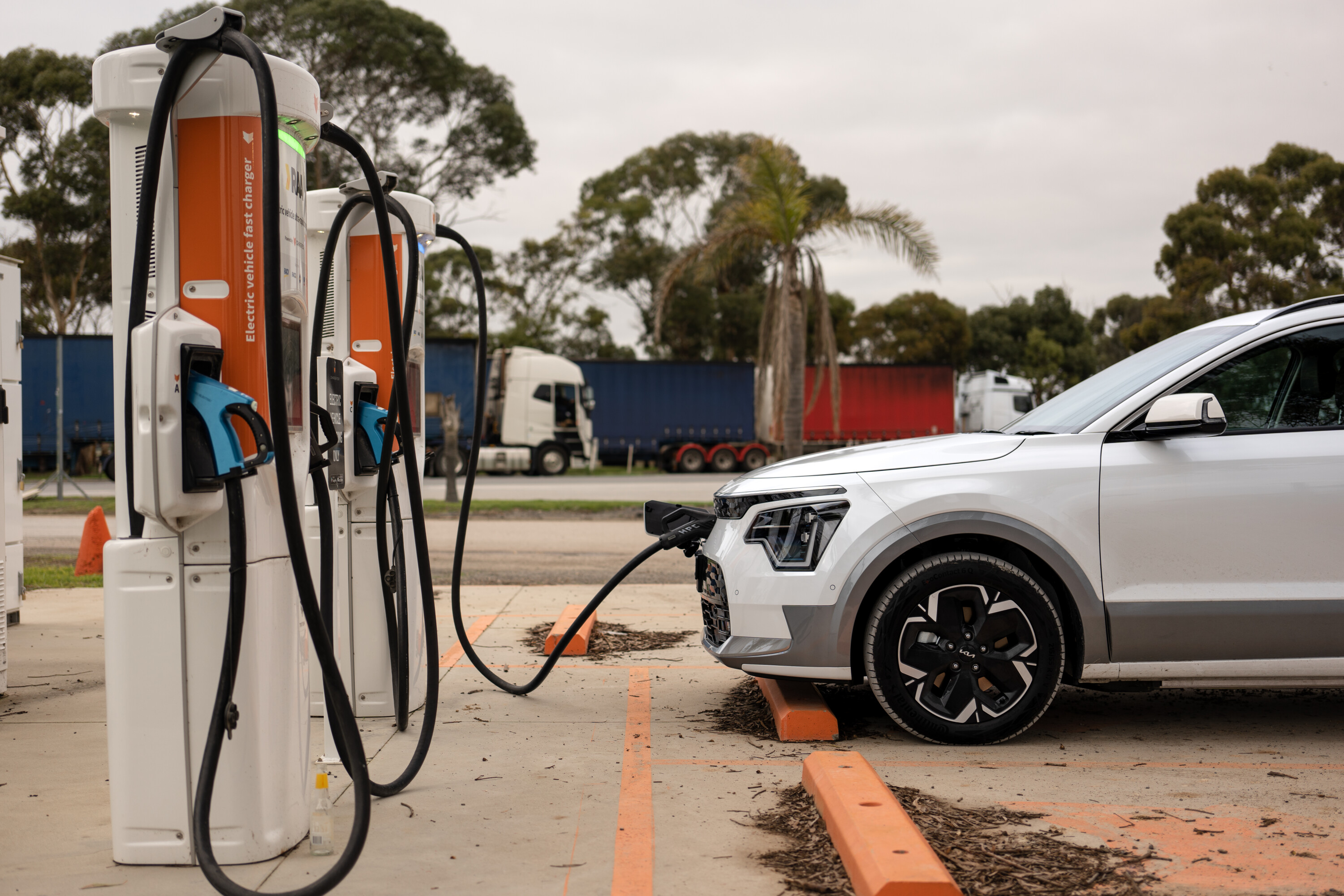
? What is kW and kWh?
Kilowatt (kW) denotes the charging speed rate, while kilowatt-hour (kWh) measures the energy capacity of the battery.
- Kilowatt (kW) = charging power speed
- Kilowatt-hour (kWh) = battery size
- Kilowatt (kW) = charging power speed
- Kilowatt-hour (kWh) = battery size
This is equivalent to the fuel tank size (measured in litres) for a traditional internal combustion (ICE) engine vehicle.
Theoretically, a larger battery means longer driving range on one charge, but it depends on the EV’s energy efficiency (measured in kWh/100km).
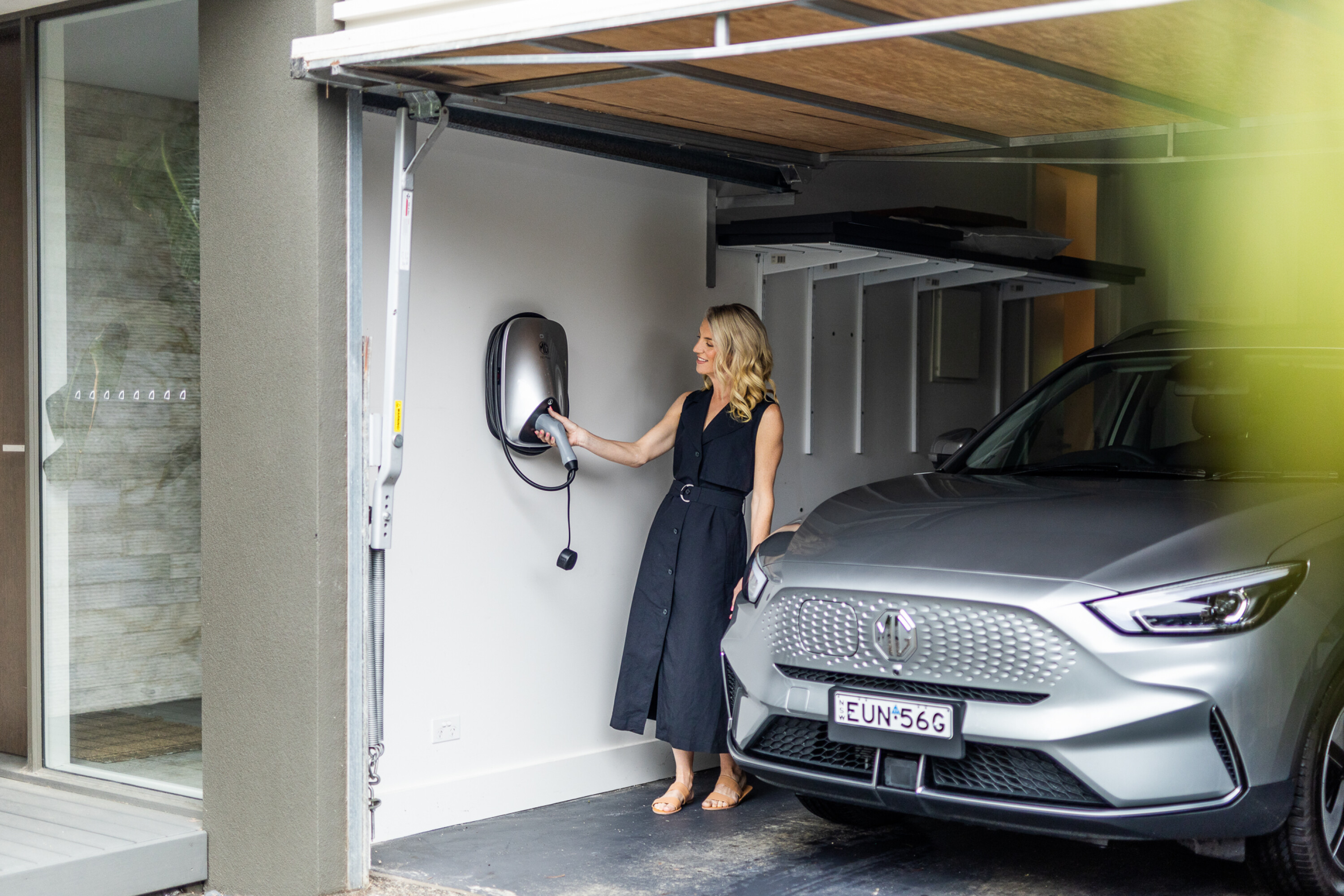
AC⚡️DC charging and levels
EV charging speeds are separated by AC and DC power types.
- Alternating current (AC) = slow charging
- Direct current (DC) = fast charging
- Alternating current (AC) = slow charging
- Direct current (DC) = fast charging
➡️ DC: Mostly found at public charging stations, when a faster top-up is required to continue driving, similar to a fuel station.
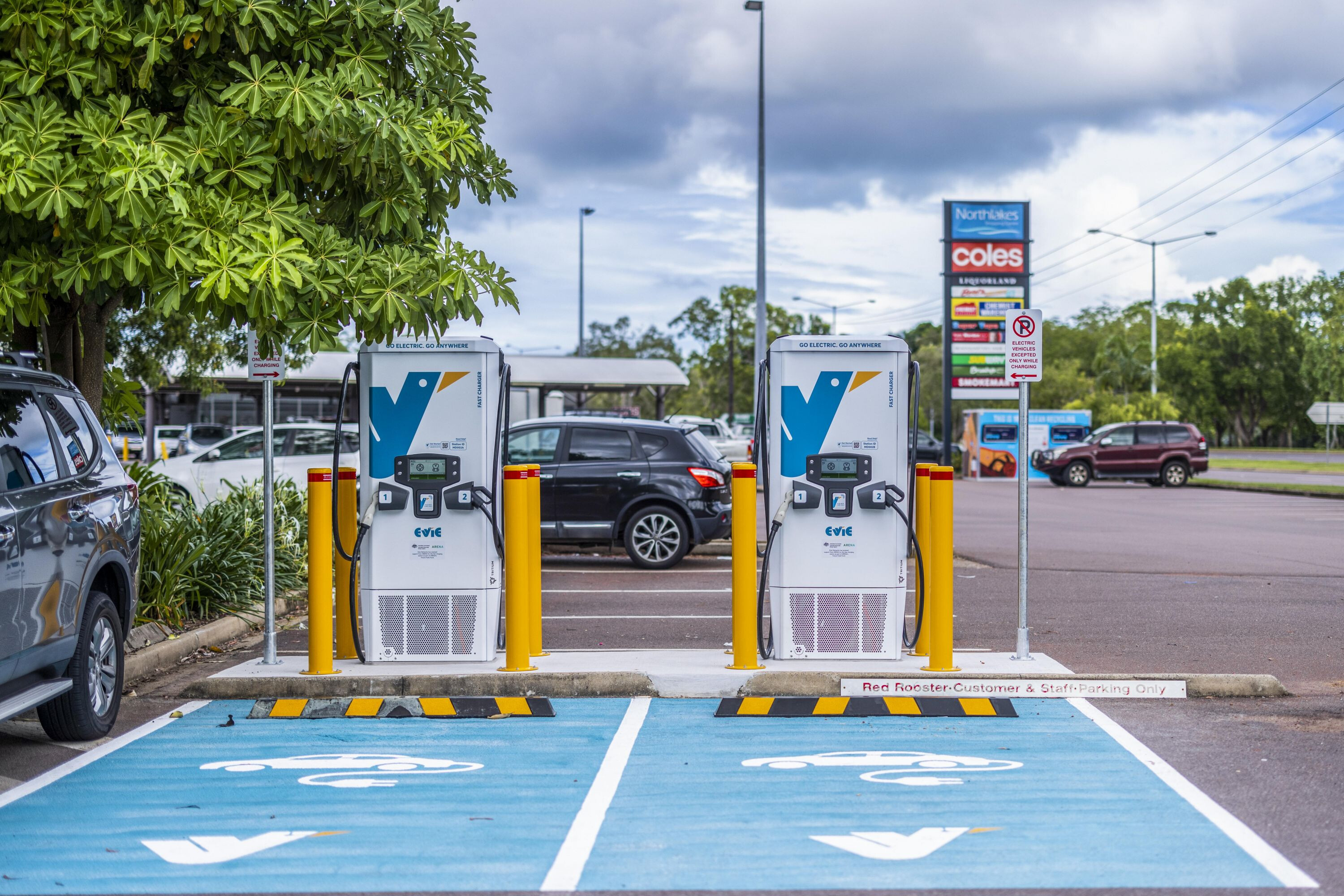
Charging source levels
- 1️⃣ Level 1 (~1.8kW AC) – ‘trickle charging’ from a standard three-pin domestic plug, typically 240 volts.
- 2️⃣ Level 2 (7kW AC or 11-22kW AC) – installed single-phase or three-phase wall box station respectively.
- 3️⃣ Level 3 (25-350kW DC): 400- or 800-volt class public fast charging station.
Trickle charging from a standard domestic plug (the same one that powers your appliances) should replenish enough driving range for most Australians’ daily driving needs overnight.
Installing a single-phase 7kW AC wall box can guarantee a full recharge in one night for most models – if you really need to use the full driving range capabilities every day (typically 200 to 600km, depending on the model).
Know the charging speed limits
Importantly, the key limiting factor is each model’s separate AC and DC charging speed capabilities, which caps the maximum rate of kilowatts (kW) it can take in from an AC or DC charging station.
The vehicle’s battery management system (BMS) also throttles charging speeds if the pack is outside of its ideal temperature range (i.e. too hot or cold) and at a higher percentage to maintain good health, so owner’s will rarely achieve the maximum AC/DC charging speed capabilities (or at least see it last for a long period).
There are also 10 to 15 per cent charging losses – particularly on AC power – since a built-in inverter needs to convert it to DC power, the energy type needed to store in the battery pack.
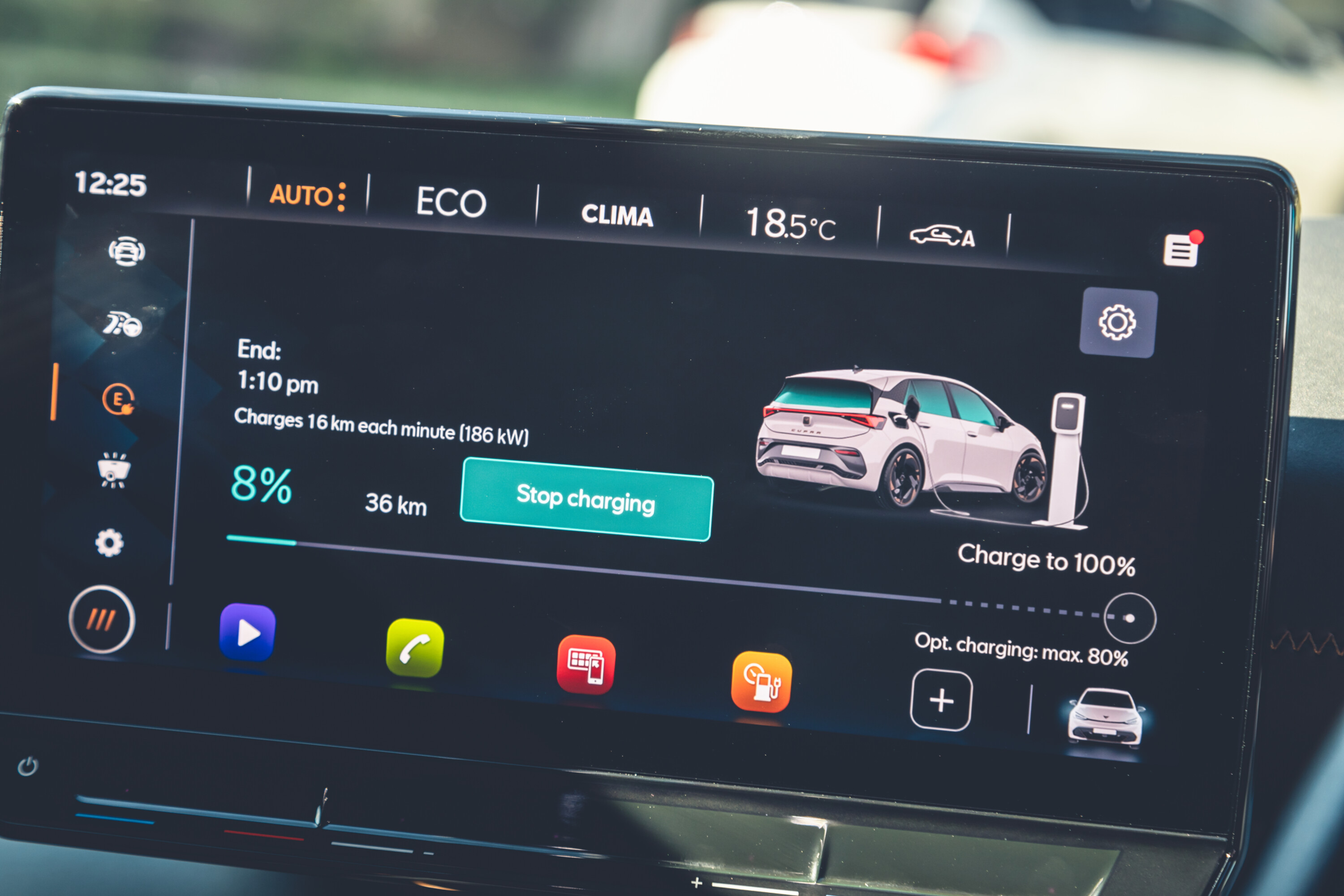
✋ 80 is the charging ‘limit’
Car brands generally recommend against owners fully charging their EVs to 100 per cent every day – but why?
Similar to pouring water into a cup, the internal resistance of a battery rises as the percentage increases. After an initial burst, the BMS gradually slows down the kilowatt rate until the battery reaches about 80 per cent full.
Therefore, automakers often quote a 10 to 80 per cent charge time, as this is most time efficient for the range added.
Charging past 80 per cent also isn’t healthy for the longevity of typical lithium-ion batteries, particularly in excessively cold or hot climates. However, the lower cost lithium-iron-phosphate (LFP) battery type can be fully charged without excessive degradation concerns.
Charging an EV from 80 to 100 per cent can effectively double your waiting time, since it slows down significantly – especially on public DC fast charging stations.
Of course, owners may need their EV’s full driving range on longer drives, so you can fully charge occasionally if you’re willing to wait.
While not all carmakers recommend an everyday charging cap, the general rule-of-thumb is 80 per cent for lithium-ion nickel-manganese-cobalt (NMC) or 100 per cent (no limit) for LFP type batteries.
- Tesla Model 3 and Model Y (RWD): 100%
- Tesla Model 3 and Model Y (Long Range and Performance): 90%
- BYD Dolphin, Atto 3, Seal: 100%
- MG 4 (Excite 51): 100%
- MG 4 (Excite/Essence 64 and Long Range 77): 80%
- Polestar 2: 90%
- Volvo EX30: 90%
- Cupra Born: 80%
Everyday charging limits: Manufacturer recommendations
- Tesla Model 3 and Model Y (RWD): 100%
- Tesla Model 3 and Model Y (Long Range and Performance): 90%
- BYD Dolphin, Atto 3, Seal: 100%
- MG 4 (Excite 51): 100%
- MG 4 (Excite/Essence 64 and Long Range 77): 80%
- Polestar 2: 90%
- Volvo EX30: 90%
- Cupra Born: 80%
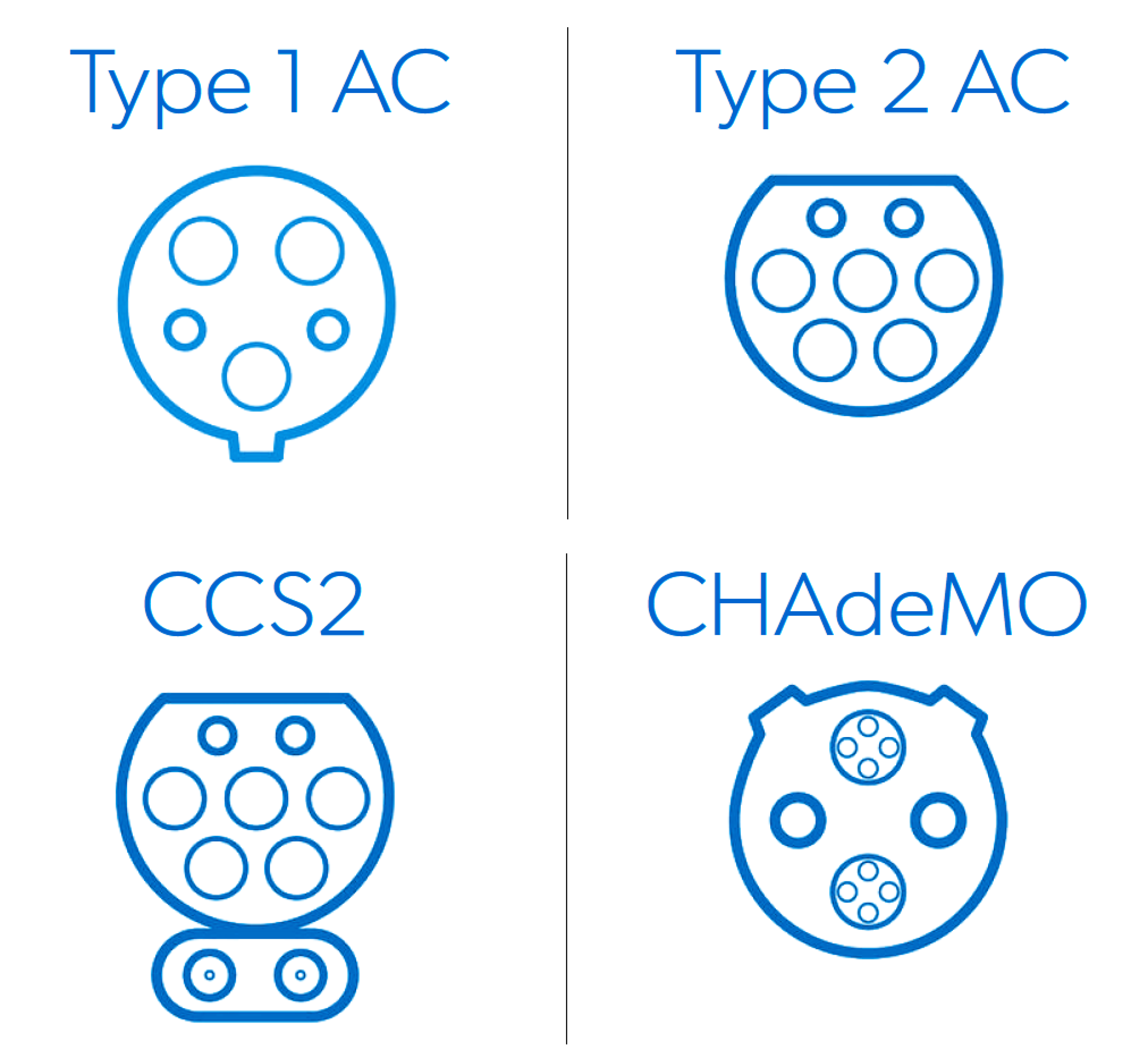
? EV charging plug types
Most new electric cars use the same charging plug in Australia today, but some are outliers and can be confusing, especially if you buy used.
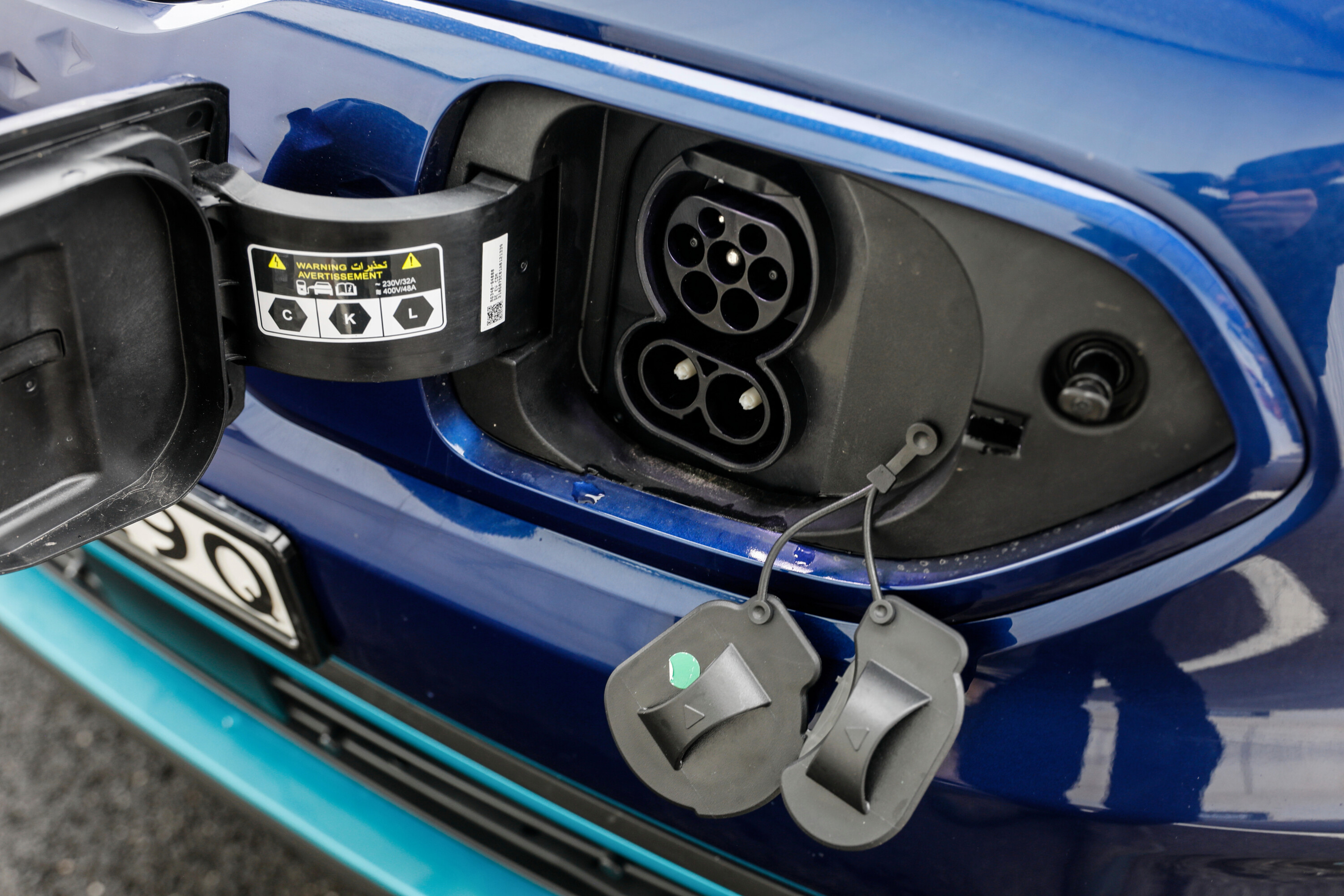
✅ Type 2 / CCS2: The Australian standard
➡️ Type 2: This type, also known as Mennekes, is the European-standard EV plug for slow AC charging, with a seven-pin design.
➡️ DC charging: For fast charging, it’s called the CCS2 (Combined Charging System 2), by extending the bottom of Type 2 with two additional pins.
The Type 2 CCS charging port is featured on the majority of new EVs in Australia, ranging from the MG 4 hatch, Tesla Model Y SUV, and Porche Taycan sports sedan.
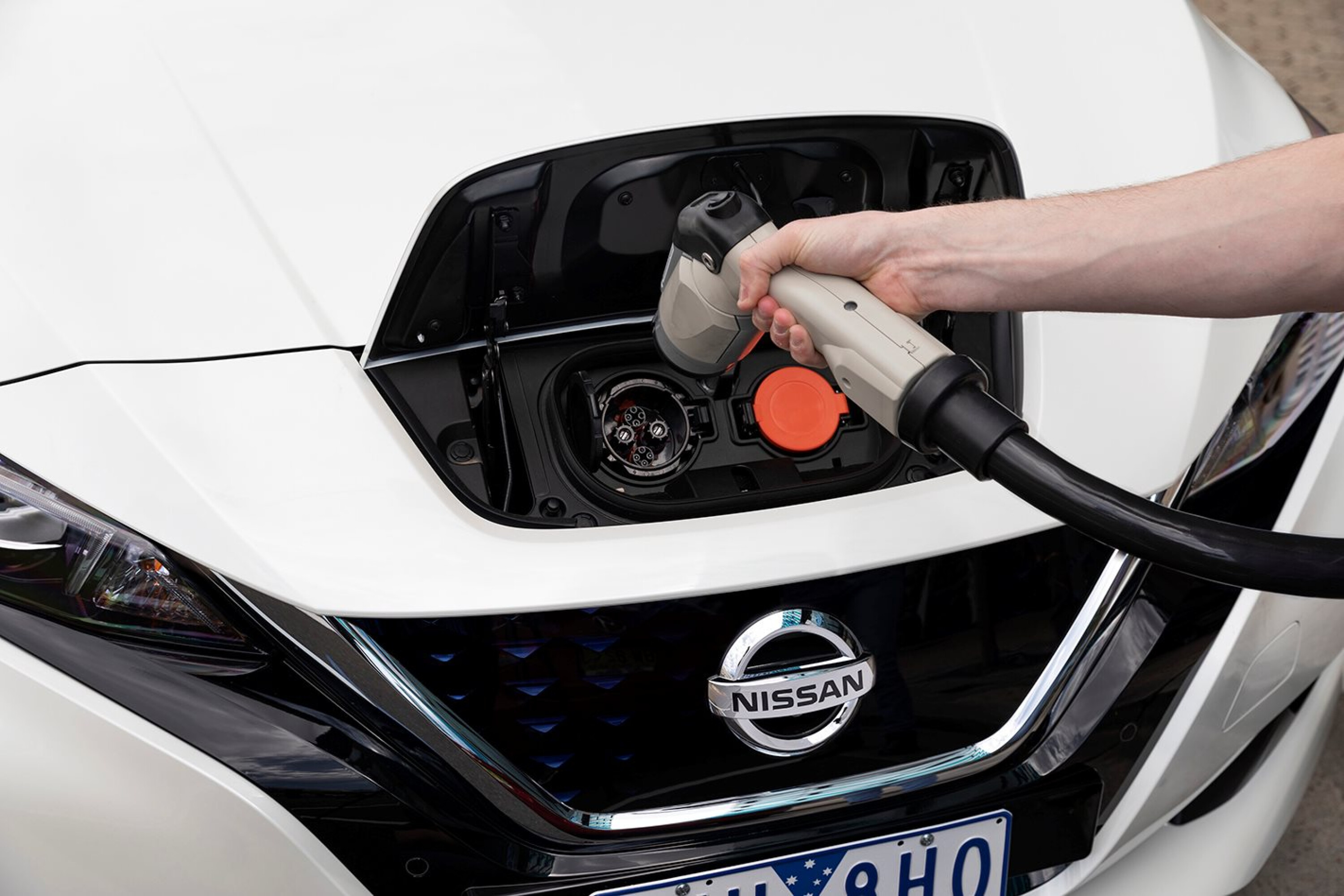
?? CHAdeMO: The Japanese standard
Some Japanese-made EVs in Australia have a CHAdeMO (CHArge de MOve) port for DC fast charging via four large pins.
However, for slower AC charging, models typically feature a separate Type 2 connector.
While the CHAdeMO connector will continue to be supported by public charging networks for the foreseeable future, some newly-installed stations have already phased it out in favour of the more common CCS2 in Australia.
The CHAdeMO charging port is featured on the Nissan Leaf, Lexus UX300e, Mitsubishi Eclipse Cross PHEV and Outlander PHEV, and Japanese market imported EVs.
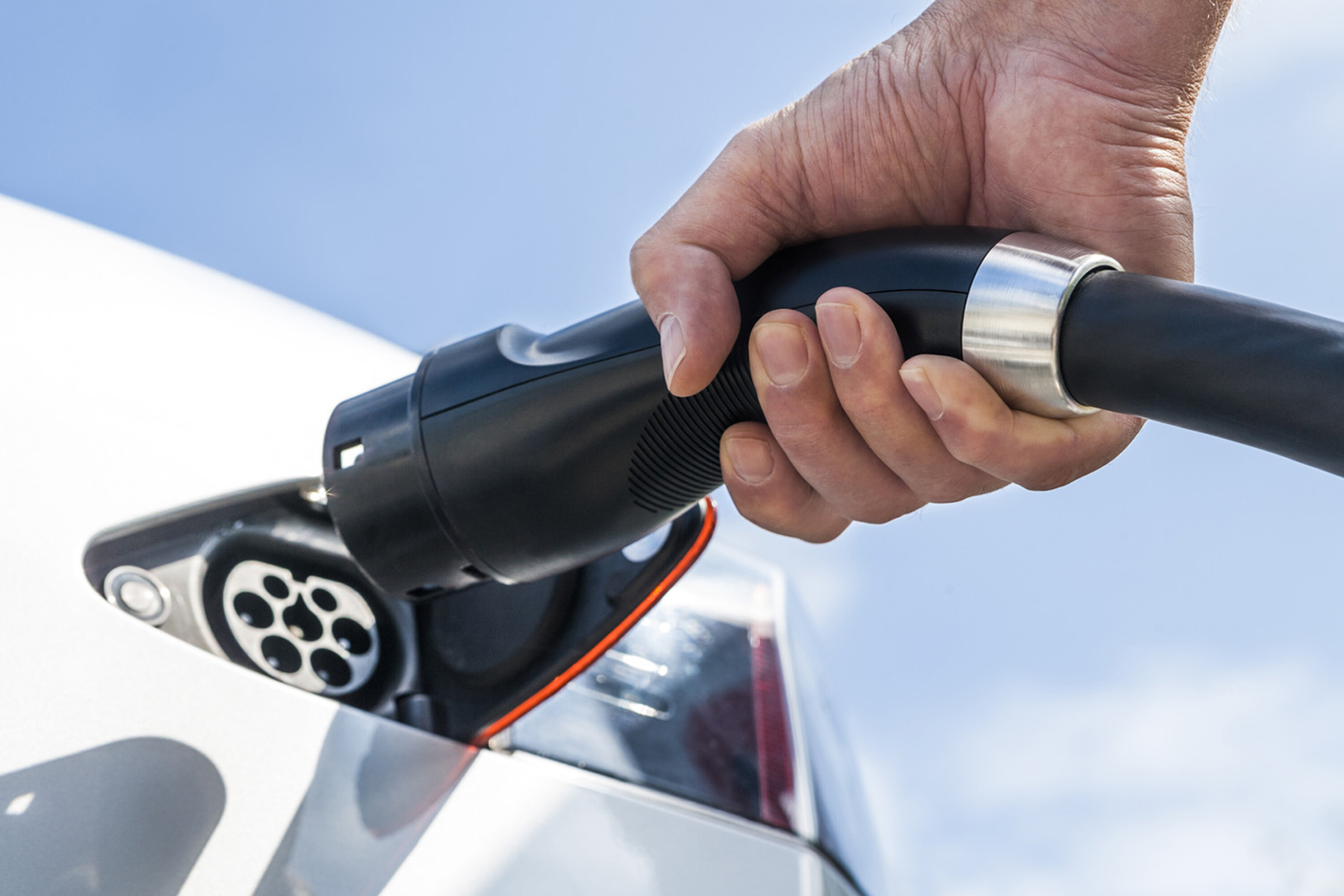
? Modified Type 2: The old Tesla standard
Some older Teslas in Australia have a Type 2 connector, but modified with a notch at the top to prevent rival EV models accessing Tesla’s V2 Supercharging network.
Unlike regular Type 2, the single seven-pin design is used for both AC and DC charging.
However, since most public DC fast charging stations only offer the CCS2 plug, an adapter is required to use them.
The modified Type 2 charging port was featured on the Tesla Model S liftback and Model X SUV sold in Australia between 2015 to 2020.
? Other international plugs
- ➡️ Type 1 / CCS1: Also called J1772, it was previously used in older BMW i3 and original Nissan Leaf examples in Australia, and was the standard in North America until the impending transition to NACS. It’s also used in South Korea.
- ➡️ NACS: The North American Charging Standard was originally developed by Tesla and will soon be the common plug type for almost all EVs in the continent from around 2025.
- ➡️ GB/T: The charging connector standard for EVs sold in China only.
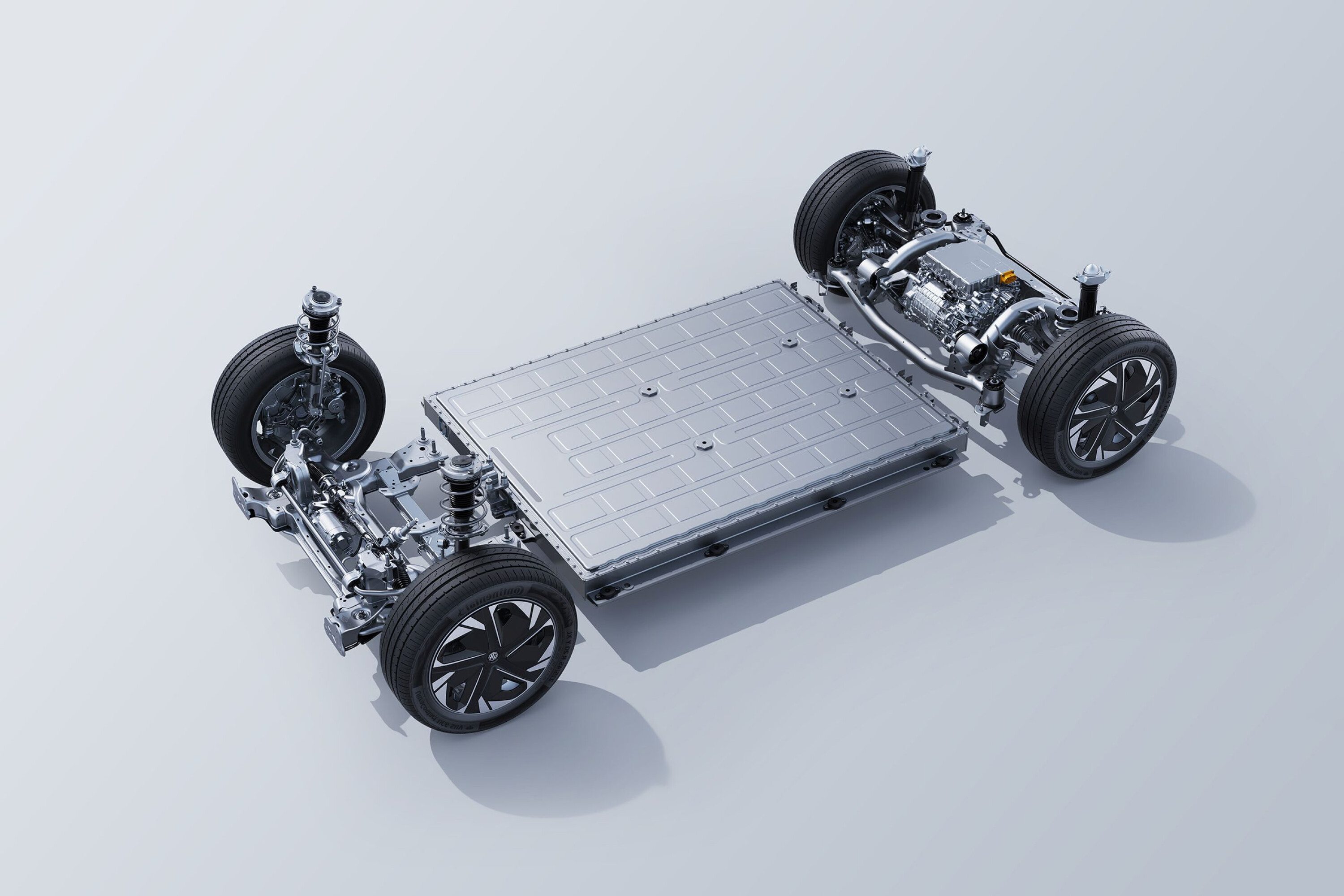
? Battery size: Gross vs net
It’s important to know if a quoted electric car battery size number – measured in kWh – is ‘gross’ or ‘net’.
- Gross (nominal): The total battery size for storing energy, including buffers
- Net (usable): The actual battery size and energy that can be used by owners, excluding buffers
- Gross (nominal): The total battery size for storing energy, including buffers
- Net (usable): The actual battery size and energy that can be used by owners, excluding buffers
Therefore, only the usable number should be looked at – especially when doing any charging sums – since owners will never be able to utilise the entire gross battery size.
That’s because there are top and bottom buffers in place to ensure safe operation – avoiding the risk of ‘overcharging’ – and to protect the battery health.
As cells degrade over time, the EV will automatically use the buffers (unused cells) to offset the impact of reduced driving range.
Unfortunately, some carmakers only quote the gross number in marketing and press material – which is misleading.
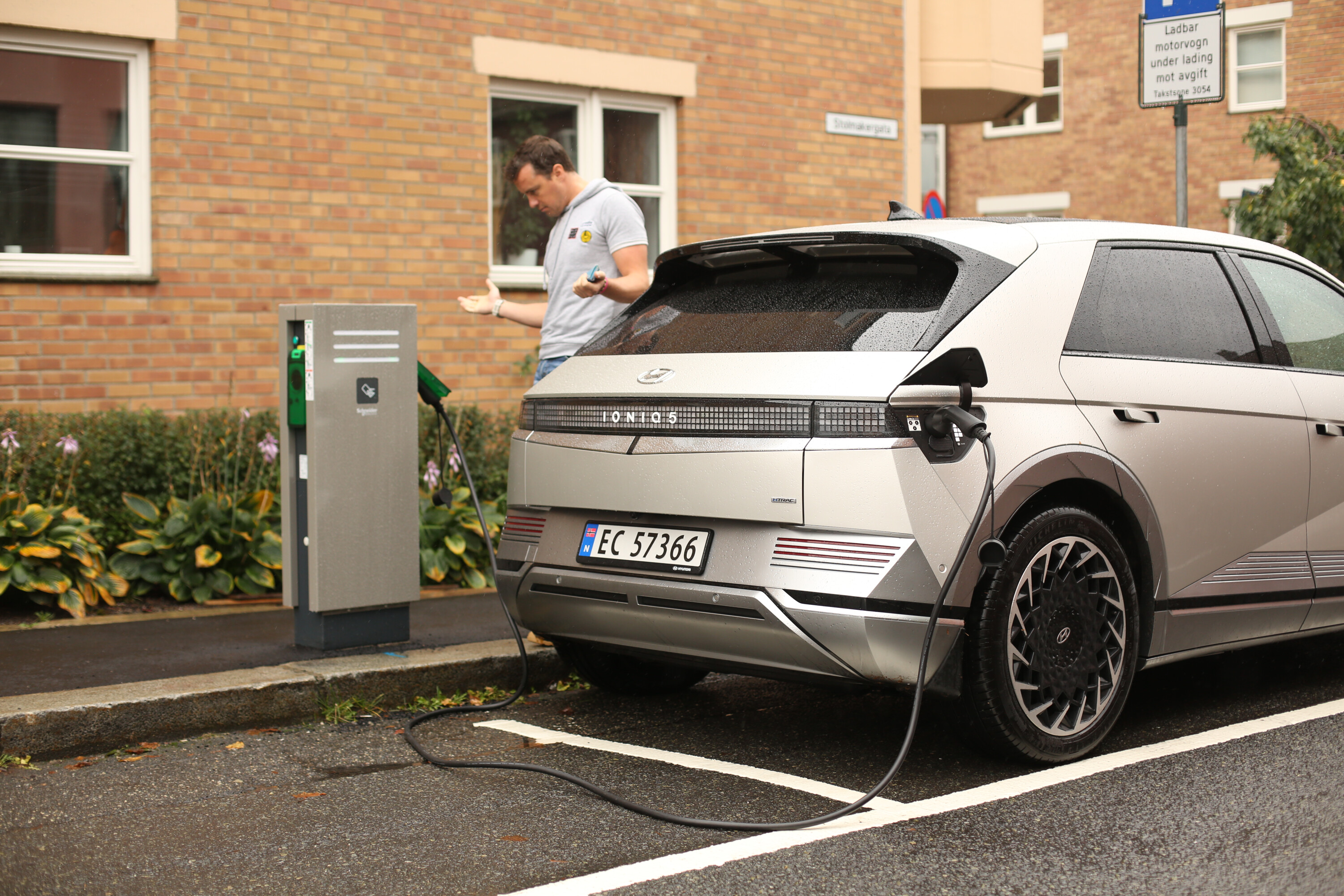
? Charging is simple
Maybe it doesn’t sound like it, but trust us: charging your electric car is simple.
Plug in at home (if possible), set it to charge when electricity is cheapest overnight or when there’s solar energy, and you’ll replenish enough driving range for typical daily needs.
When using public charging infrastructure, know the plug types and AC/DC charging speed outputs offered by the station and, importantly, the AC/DC limits of what your EV model can input.
And, remember to practise good etiquette.
It may not be as easy nor as fast as stopping at a fuel station, but charging an EV can be even more convenient as it can fill up when it’s parked and not in use at home or at the shops.
? Is it time to make the electric switch?
EVs are not for everyone (for now), but they are right for most.
Charging costs, public infrastructure reliability, and battery longevity remain key perceived issues. For more, check out our Electric hub guides below.
Wheels Media thanks Mazda Australia for the loan of the MX-30 Electric and David Bonnici for the original version of this story.
We recommend
-
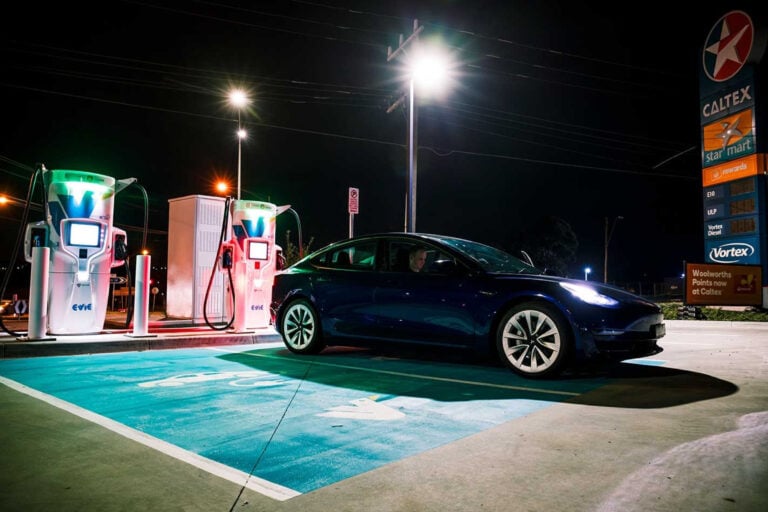 Advice
AdviceAre there enough EV chargers in Australia? Here's your guide
Public EV charging networks are expanding, but there still aren’t enough today. Does that mean you shouldn’t buy an EV?
-
 Advice
AdviceThese are the fastest-charging electric cars, if you're in a hurry
These are the quickest charging EVs in Australia, and why higher numbers isn't always best
-
 Advice
AdviceWhich are the longest-range electric cars in Australia?
These are the longest driving range EVs on sale in Australia today, plus everything you need to know about range claims



